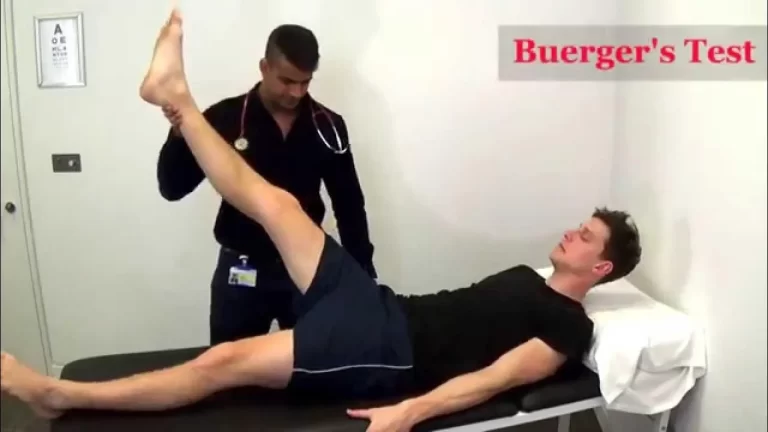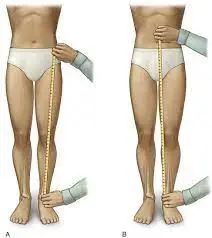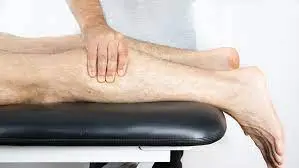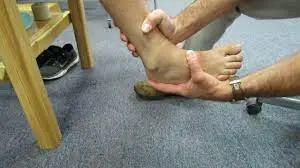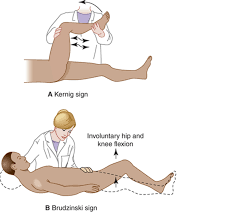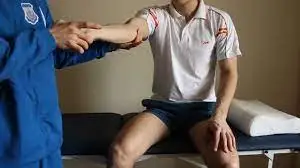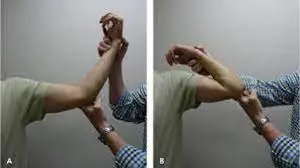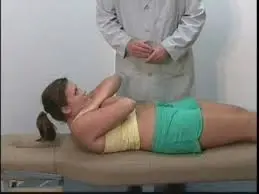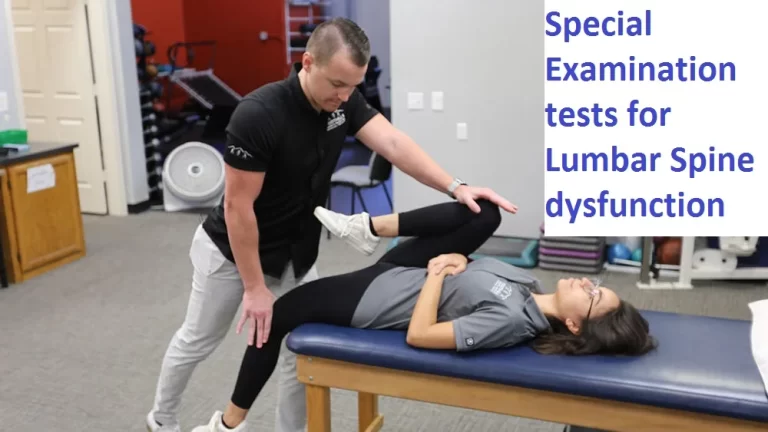Buerger’s test
The Buerger test is used to assess arterial sufficiency. It carries Leo Buerger’s name. The angle at which the supine leg must be raised before it fades is called the vascular angle, also known as Buerger’s angle. Even when the limb is elevated 90 degrees, the toes and sole of the foot remain pink in…

